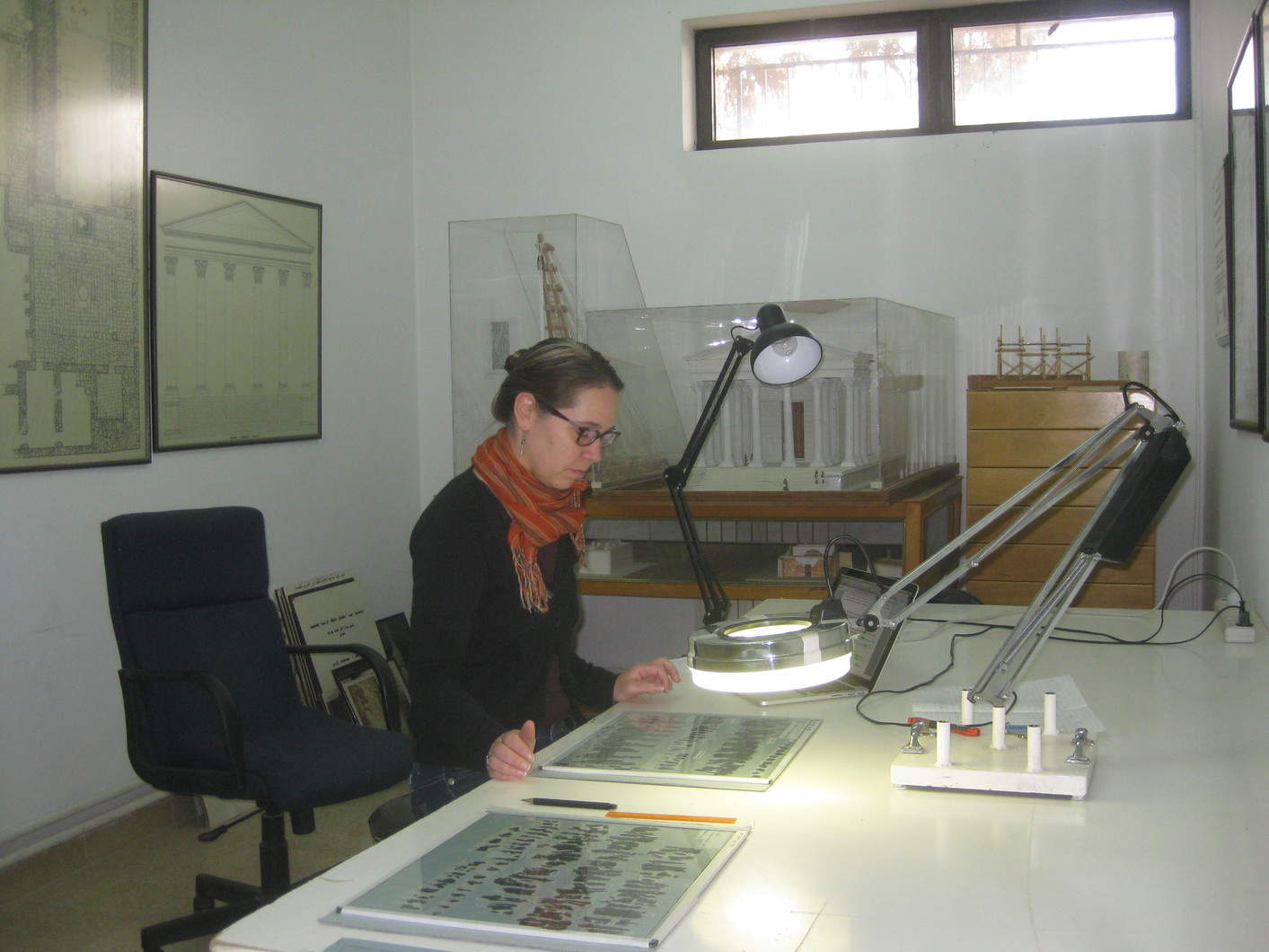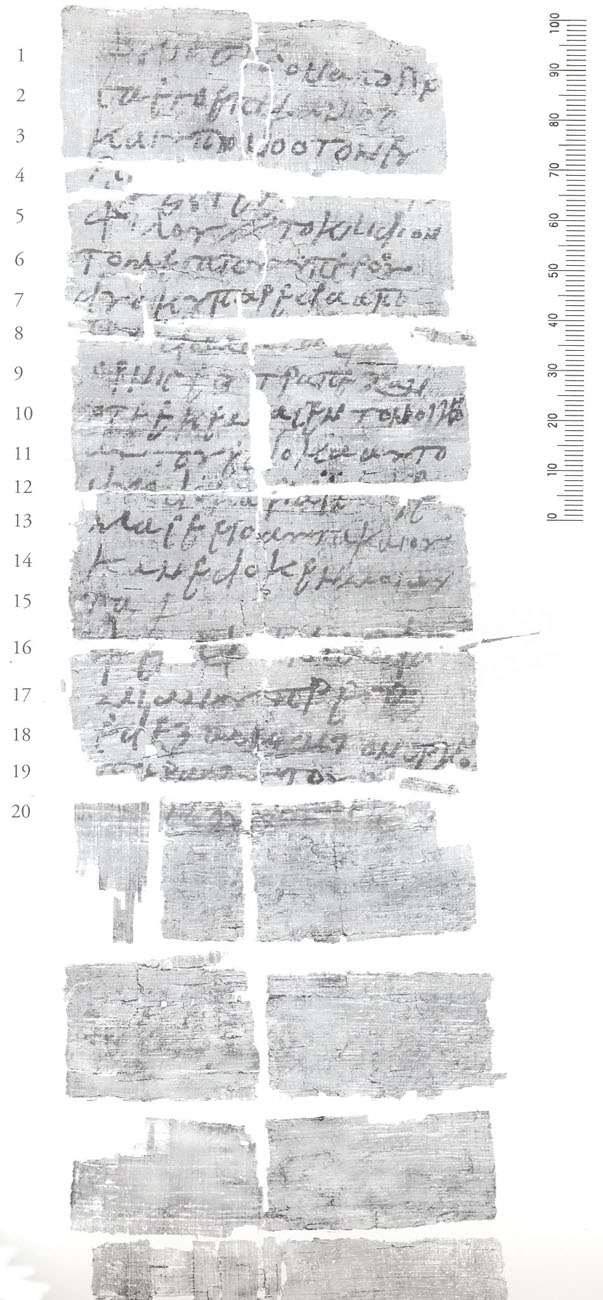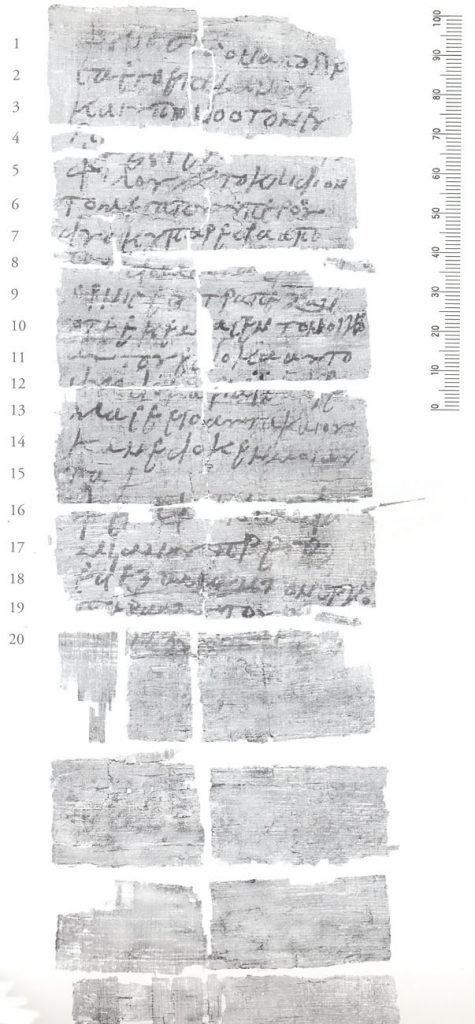
In the early 1990s, a Byzantine church on a hillside above the city center of Petra with beautiful mosaic floors was excavated by the American Center of Oriental Research (ACOR) in Amman. In the process of preparing to build a shelter to protect the church, a probe made in a back room in December 1993 uncovered carbonized papyrus scrolls. Through the painstaking efforts of archaeologists, conservators, and papyrologists, 140 scrolls have been identified.

The scrolls are part of a sixth-century archive of the family of Theodoros, son of Obodianos, who was deacon and then archdeacon, presumably in the Petra Church (the name in current usage although the papyri tell us that the church was dedicated to the Virgin Mary). These documents are essentially economic and refer to property matters, such as dowries, divisions of estates, boundaries, and loans. One text published in Petra Papyri I (2002) gives a list of stolen goods claimed by a landlord priest after his tenant, another priest, departed and is accused of taking certain items with him. The insights gained about Petra and the region at this time are considerable. For example we learn that laws promulgated in Constantinople by the Emperor Justinian were put into effect in Petra virtually within the year. The written language of the scrolls is Greek (there are a few lines of Latin). However reflected in the personal names is the Nabataean ancestry of many individuals. Many place names as well as personal names are based on Arabic and bear witness to the fact that members of the family who owned the archive communicated in Arabic.

This discovery represents the largest cache of documents ever found in Jordan and in terms of papyrology is the largest group found in context and thus able to be studied as an archive. Most of the plates assembled from the brittle fragments are currently housed at ACOR as they are still under study by scholars from the University of Michigan and the University of Helsinki. However, Papyrus Petra H.M. King Hussein bin Talal and H.M. Queen Noor al Hussein (P. Petra 39) is a settlement of a dispute by arbitration and is now housed in the Jordan Museum. ACOR is honored to take care of the papyri and assist the scholars who have expended much time and effort to make them accessible to the world.
ACOR is responsible for the actual publication of these important documents, which have in many ways re-written the history of the sixth century in the eastern Mediterranean, and have certainly brought to life an extended family of late antiquity.
Written by Barbara A. Porter

